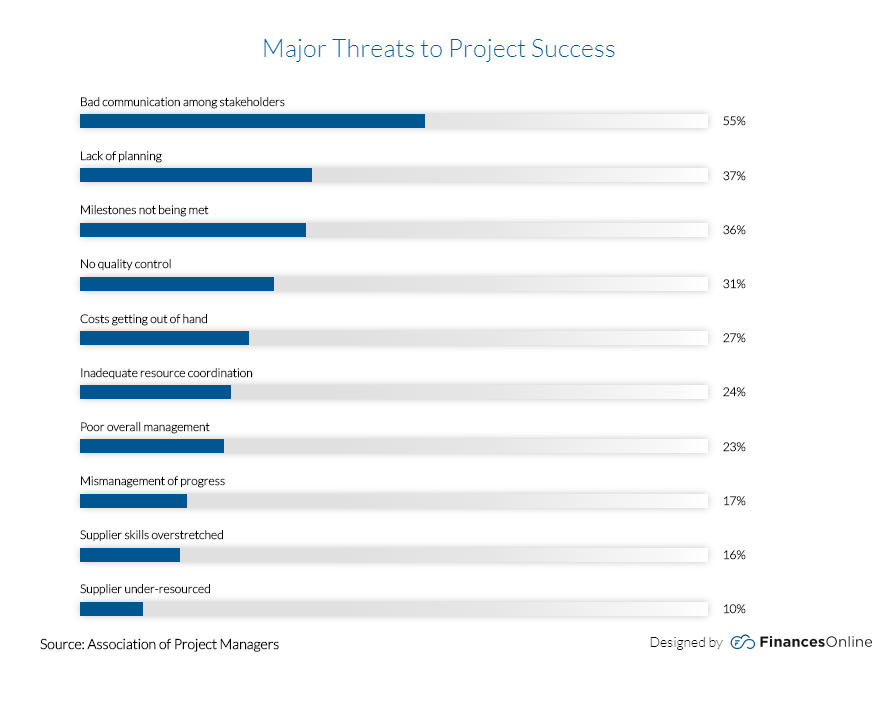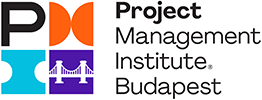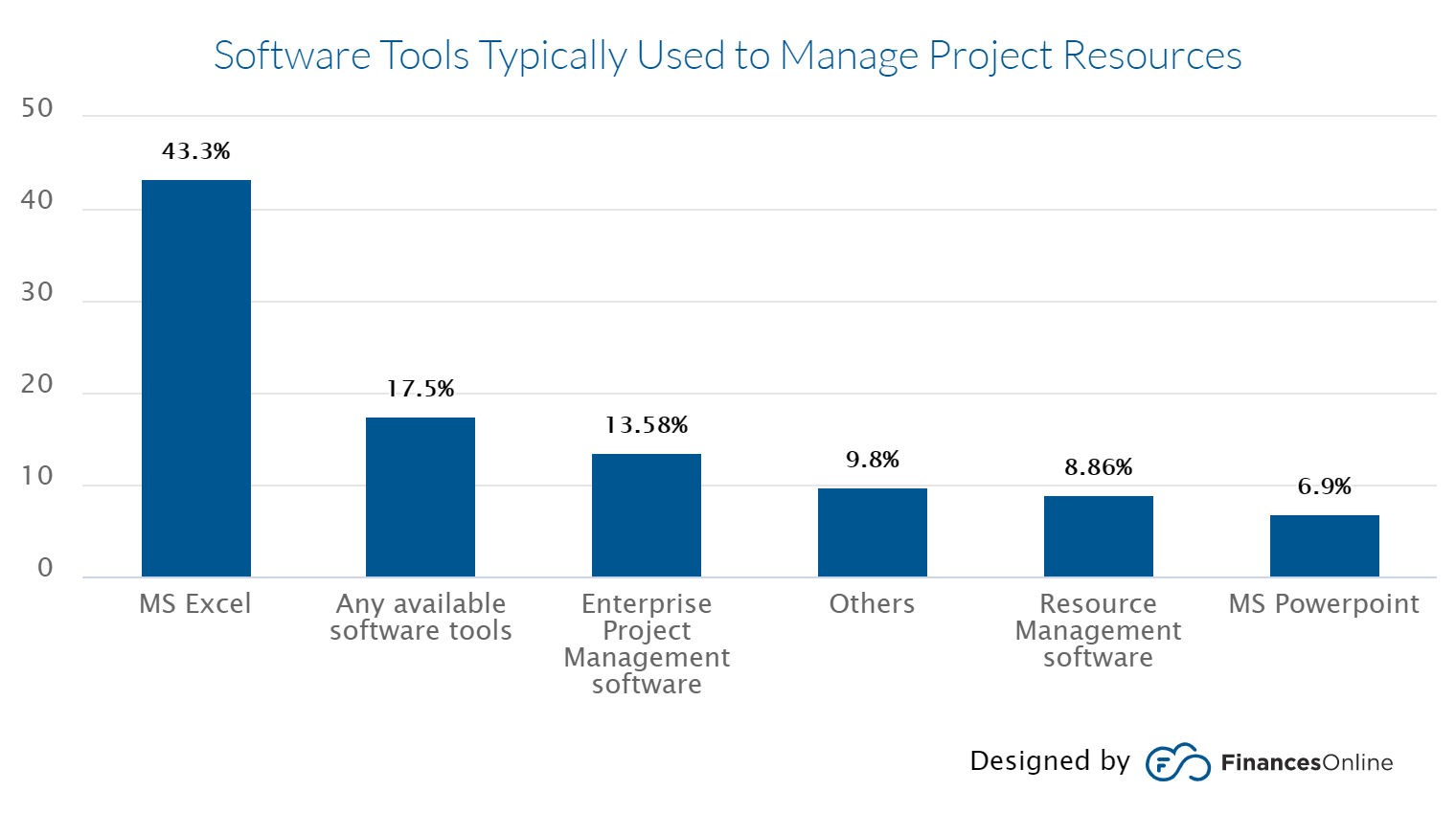August 14 2020 at 04:00AM
8 Latest Project Management Trends & Forecasts for 2020/2021 You Should Know
Like most other fields, project management must dance to the tune of the massive digital transformations happening everywhere. Old approaches are no longer enough. Nowadays, holding on to old systems could instead prove to be fatal. Those who have learned their lessons move on and blaze the trail of new project management trends for others to learn from.
In this article, we compiled the lessons gleaned from the field by those who do project management. These are invaluable lessons for new and old practitioners who still nurture the passion for the field.

Project Management Trends Table of Contents
- PMTQ comes to the fore
- Mental fortitude for project management success
- View projects as stories in the making
- Navigate growing complexity by expanding PM toolbox
- Virtual, remote teams are here to stay
- Diverse SaaS platforms to handle remote, virtual teams
- Managers to embrace big data, AI, IoT, ML
- Security remains elusive
Nowhere is the sense of disconnect more pronounced in project management than in other fields. While most SaaS platforms are showing high adoption rates, project management software adoption rates are moving at a snail pace.
For example, while 74% of organizations have already adopted CRMs in 2018 alone, only 22% of them do the same with project management solutions[1]. What do project management organizations use instead? Spreadsheets, at a healthy clip of 43.3%.
That is not all.
When you consider that 87% of workers expect AI to change their jobs in the next three years[2], the previous figures really begin to hit their target. Right now, as much as 78% of projects met their original goals, so many of them will feel safe with their choice of tools. Given the continued assault of disruptive technologies, the big question then is for how long?
If anything, the following crucial future project management trends will help us determine the answer.
1. PMTQ comes to the fore
In the age of massive digital disruptions, only PMTQ can save project managers from being drowned by it all. PMTQ—that’s project management technology quotient—refers to the project manager’s ability to adapt, manage, and integrate technology based on the needs of the organization[3] or the project at hand.
The urgency of this capability is driven by the same pressing needs of organizations to maintain digital sustainability amid the sea of changes popping up at any time. Organizations seek project managers who can steer through the confusing, even chaotic tide of digital transformation that has already claimed a number of big players while propelling more adept champions to new heights of success.
A project manager possessing a high technology quotient understands the key role of technologies. In this respect, he or she remains vigilant, looking for opportunities in new technologies as they impact every aspect of projects, from design to application to delivery. He or she shows the ability to manage both technology and people. In the same vein, the project manager should ensure that he surrounds himself with talents of similar type when recruiting.
There is more: reports from the field reveal that the best practice is to combine PMTQ with IQ and EQ—the human skills that add insight and value to technology. In other words, don’t just prioritize digital knowledge and skills: also commit to a strong project management culture.
Doing otherwise could prove costly—or fatal, as the following chart shows.

Source: PMI
Key takeaways:
- Universal technological disruptions call for project managers with strong technological IQ.
- To ensure the most success, they need to hire talents that reflect the same capabilities.
- Field practice shows that PMTQ is best coupled with IQ and EQ, human skills to commit to a strong project management culture.
2. Mental fortitude for project management success
While the key stakes for projects remain the same—sticking to project design, budgets, and resources and eliminating scope creeps that waste money and wreak havoc on other project aspects—the new realities of societies, technologies, methodologies and changing work realities call for project managers to expand on the skill sets that they already possess.
PMTQ still figures in this trend, but only as a chess piece in the general play of the project management board. More specifically, it will matter in managing changes occurring all over the workplace[4].
The deluge of changes, most of them disruptive, one way or another, can be simply overwhelming for any project manager. In order to not get outbalanced by it all, a positive character perspective is in order.
Character perspective
This perspective is best elucidated by Dr. Stephen Covey in his concept of “circle of influence,”[5] which itself is a smaller nest in the “circle of concern.” While this may seem suspiciously new age in the mold of focus-on-what-you-can-control Tibetan isms, it’s also not overly difficult to see that it makes sense. With so many things getting involved in any ongoing project, it pays to focus on the essential parts that you had better get a rein on.
Project management is never a stranger to philosophical schools of thought. The likes of Peter Drucker, Michael Porter, Alvin Toffler, and Rosabeth Moss Kanter have richly endowed this field with their numerous contributions. Some of their ideas are embedded in the modern way of doing or thinking about projects more than anyone will ever know.
Key takeaways:
- New project managers must develop the mental fortitude to handle the growing complexity of projects.
- Project philosophies are not new in project management: well-known project management gurus have espoused their own one time or another.
- The new approach calls for a focus on essential project components that you can realistically control.
3. View projects as stories in the making
Great leaders are great communicators. They see the whole panorama of the forest amid the flourish of individual trees. The sweeping landscape in the midst of disparate details.
One of the hardest challenges for project managers is communicating with demanding, often difficult stakeholders. There is almost no way around them unless you learn to get a hold of yourself, your ideas, and what you want to accomplish. Your most important skill is to summon creativity to convert complex ideas and concepts to language that your stakeholders can understand.
What do you get when you achieve this? You get a solid foothold establishing a functioning relationship with your stakeholders. When you do, it is much easier to push your visions and make them see those visions as you do. The rest is seeing them executed. By you, of course.
With a grasp of their projects as continuing stories, project managers get a good picture of their projects and not lack in details while communicating with stakeholders. When your stakeholders are themselves lost in the plethora of details, you can imagine how this communication ability will help project managers push their envelopes further.

- From selling their project ideas to accomplishing them, project managers must develop the idea to communicate in the best way possible.
- By wielding the skill as great communicators, project managers could better deal with difficult stakeholders.
- Approaching projects as stories will become an important tool for project managers dealing with stakeholders who have increasing things to mind themselves.
New technologies offer a unique window of doing things in ways never before possible. The developing scenario is typical opportunities with their own potential landmines. In the past, project managers pick the project methodology that they deem would work for them and push ahead. The choice of project methodologies involves many, the most popular among them being Agile, Scrum, or Waterfall for some.
It was good for projects that call for well-defined processes. Trouble started creeping when projects become unwieldy, with project managers often resorting to makeshift extensions when projects necessitate them.
The realization came fast: project managers have to be flexible. They could not be stuck in one toolbox and expect smooth sailing all the way. Flexibility calls for expanding their armory of methodologies and mixing them up as the actual field situations call for them.
Thus, the new breed of project managers are not a stickler for one philosophy of doing things. Instead, they are more agile before Agile itself, able to summon any toolbox in their repertoire as they see fit. One project could involve Design Thinking at one stage and Scrum the next.

Key takeaways:
- Sticking to a single project methodology will no longer deliver the desired outcomes.
- The most favored view is for project managers to master as many project management methodologies as they can.
- The new realities of more complex projects make this approach crucial.
5. Virtual, remote teams are here to stay
Virtual and remote teams are no longer project management trends, technically speaking. What’s trending about them is project managers better set their minds managing a wider scope of this reality. Their teams will be hailing from any geographical location, across diverging time zones. They will be hailing from a variety of cultures, too.
In an age when at least 90% of Americans are ready to be freelancers[6], most of these remote, virtual teams would most likely come from independent contractors too. Work has just detached from old conceptions about it. And only the best-prepared businesses and project teams could get the most of this workplace revolution. Others would prefer the word “disruption,” of course. It’s the favorite currency of the age.
Freelancers across the world come in different packages too. Not only could business assemble teams from freelancers, but they could also appoint project managers from the ranks of freelancers. The options are diverse for these new workers. The businesses wallowing in the glory days of permanent arrangements will drive themselves out of the opportunities these workers could give them.
The best businesses already make enticing arrangements for these new-fangled talents, often rivaling packages once seen only for the best in-house talents. Bosch is a model in this regard, while the majority of businesses already get their HR departments to work out special arrangements[7] for this class of workforce.
The presence of modern HR software makes it easy for today’s hiring personnel to make this possible. These solutions make it easy to discover talent and get them on board from any country to work with their colleagues from elsewhere.
Key takeaways:
- Businesses could fill entire teams with freelancers from anywhere in the world, across time zones.
- Project managers could also hail from this class of workers.
- The best businesses are positioning their companies to make the best of freelancers in their project teams.
6. Diverse SaaS platforms to handle remote, virtual teams
Managing virtual teams are practically impossible without the cloud-based SaaS solutions populating the market today. Project managers will want to be more familiar with these tools to handle virtual teams anywhere they are. Their stakeholders and the organizations they belong will also expect them to be familiar with these tools.
For project management teams, they could range from the best project management software led by the likes of monday.com and Wrike.
Project managers could also look into more specific solutions. The most obvious among the lot are those web conferencing software platforms to allow virtual meetings, which could arise a lot, especially in the early stages of engagement.
Many of these online conferencing solutions include advanced video conferencing features like app sharing and electronic whiteboards that organizations use for both in-house and external meetings and team communications.
Both these platforms have enough features to make communications among disparate teams faster and more efficient.
Billing and invoicing software are handy when you want to pay teams for their work contributions.
A dedicated time tracking software will eliminate guesswork and inefficiencies in other less-optimized options. They make it easy to automatically bill actual hours that team members render. If you set them up right, you hardly have to do manual calculations at all, saving you precious hours best spent elsewhere.
Most Popular Project Management Platform
- monday.com offers a visual and intuitive project management platform perfect for teams of all sizes. It provides stunning templates and project timelines to help track progress and monitor your resources.
- Wrike is a cloud-based collaboration and project management solution that gives you greater and real-time project visibility. It enables a more effective collaboration for your team and streamlines your workflows.
- Smartsheet is a flexible and scalable project management platform that provides you with the right productivity tools that meet your unique business needs. It assists you in task and portfolio management by simplifying processes and eliminating silos.
- Asana offers a collaboration platform that makes it easier to handle multiple projects and diverse teams. It comes with a neat and user-friendly interface that gives you a complete view of your projects and their progress.
- Jira is a project and issue tracking software built for agile and software teams. It provides powerful productivity and collaboration features to help you complete projects and tasks faster.
Key takeaways:
- Virtual project management will increasingly rely on a number of SaaS tools.
- Most of these will involve project management-specific tools, others for time tracking, and billing.
- Organizations from business owners to other stakeholders will expect project teams to be familiar with these tools.
7. Managers to embrace big data, AI, IoT, ML
Big data, AI, IoT, and ML are the heart of every digital transformation/disruption taking place today. To succeed, project managers need to absorb these technologies by heart. No matter if you’re a project manager for marketing, manufacturing, or creative design projects, there is no way you will not get face-to-face with any of these high-powered technologies.
You can check out the numbers to appreciate how they are transforming projects right before our eyes.
First, we have the AI study findings for the key numbers that describe how this technology made it into the fabric of workplaces and homes.
You may proceed with the big data figures, which present staggering numbers to business and home data consumption.
Various machine learning industry reports show how voice assistants have invaded gadgets. Or just about any digital installations. This allows users to get along with their digital gadgets and other tools faster and more conveniently.
The best project managers already leverage the potent power of AI, ML, and big data to learn more about their operations. Or learn about their competitions. From web analytics to customer behavior intelligence, these tools simply hold the key to how you could at least avoid slipping on the sidetracks while the competitions move ahead.
And oh, if you have this existential question of AI replacing your job as a project manager soon, find comfort in David Autor’s observation of tech disruption two years ago that still holds true today and tomorrow:
Key takeaways:
- In order to successfully deliver projects, project managers will rely on an increasing number of tools.
- The tools range from the core project management tools to billing and payment gateways.
- After project management tools, virtual conferencing tools should provide ample help to project management teams.
8. Security remains elusive
Digital project assets remain unsafe from talented cybercriminals. Not when they could amass $2 trillion in just one year[8].
One simple click of a button from these elements could send whole project management files tumbling into the vacuum of space, never to return. This is especially true when working with remote teams across the world. While investing in the toughest IT security software could help allay fears, it would pay to exercise vigilance in handling sensitive files over cloud infrastructure. Best practices in encrypting files in storage and in transit would help, for one.
No one is really secure over the internet. Not when even the Pentagon could have a bad day at the office[9], thanks to top cybercriminals. Data breaches are not entirely going away. Your best bet is redundancy and having a backup of the most sensitive files somewhere in a safe section of the office, away from prying internet eyes.

Key takeaways:
- Security remains a tough proposition for everyone, even project managers.
- Despite chest-thumping claims, the best IT security solutions could only provide much cover.
- Vigilance and keeping redundant copies of the most critical files should help project teams survive a massive security attack.
What do these project management trends mean for you?
What’s distinctly clear about these emerging trends in project management is the drive for what appears like a holistic approach to the field. When you consider how the seeming chaos and disruption taking place all around, it simply makes sense.
While these tremendous upheavals do not affect project managers alone, the immense scope of their work means that they’re going to feel most of the weight of these events.
With this view, it makes sense that every field practitioner and pundit looking in has recognized the need to address not just the technical aspects of the field but the character and mental aspects as well.
If you’re just beginning your journey in a project management career, it pays to have this distinct advantage. Armed with a sound approach, you will be more ready to face the challenges of this field.
References:
- ^The State of Project Management Survey 2018
- ^3 ways AI will change project management for the better
- ^The Future of Work: Leading the Way With PMTQ
- ^What is Change Management in Project Management?
- ^The Circle of Influence and the Project Manager
- ^GigResponsibly: The Rise of NextGen Work
- ^2019 Deloitte Global Human Capital Trends
- ^CYBERCRIME WILL COST BUSINESSES OVER $2 TRILLION BY 2019
- ^Pentagon Travel Provider Data Breach Counts 30,000 Victims




